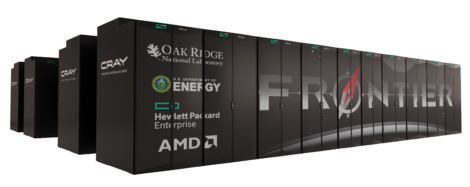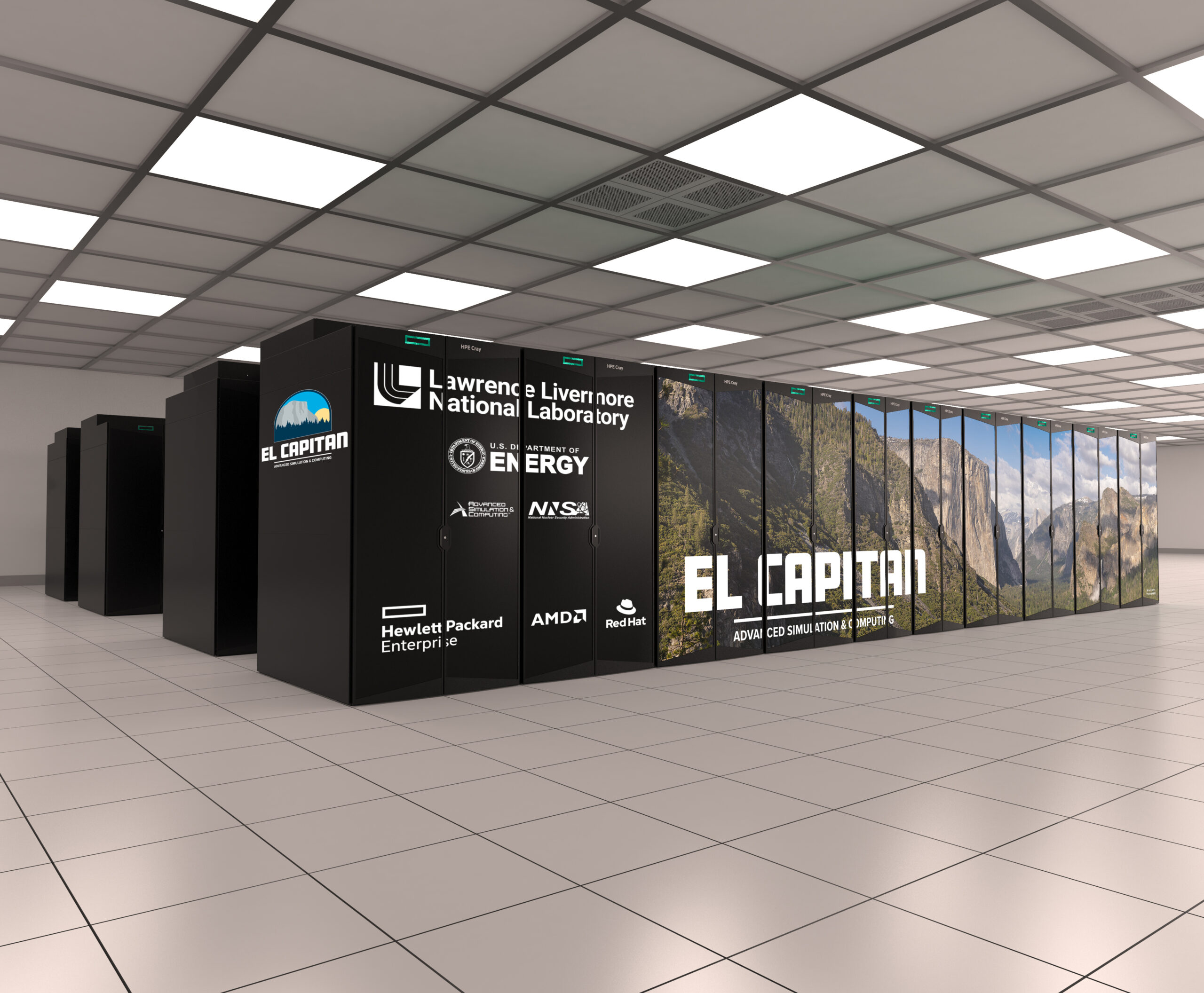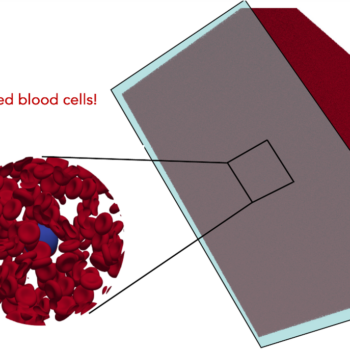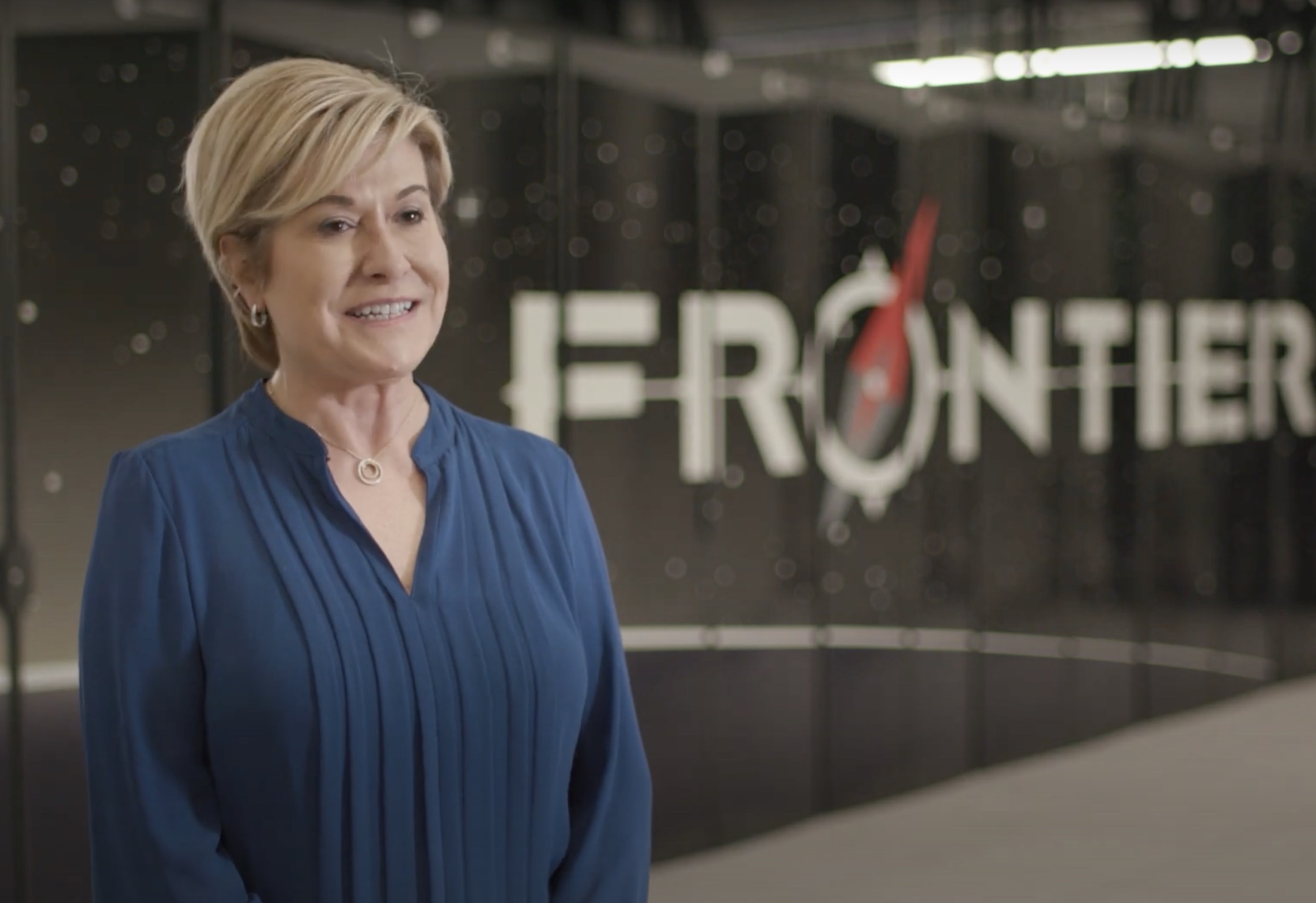With the delivery of the U.S. Department of Energy’s (DOE’s) first exascale system, Frontier, in 2022, and the upcoming deployment of Aurora and El Capitan systems by next year, researchers will have the most sophisticated computational tools at their disposal to conduct groundbreaking research.
Exascale machines can perform more than a billion billion calculations per second, or 1018, which helped inspire a day of celebration on October 18, or 10/18.
Exascale Day honors scientists and researchers who use advanced computing to make breakthrough discoveries in medicine, materials sciences, energy, and beyond with the help of the fastest supercomputers in the world. It is also a day to celebrate the impact of high-performance computing at all levels.



Featured Content
Video 4:52
Video 0:52
Video 3:13
Exascale Day 2023: To celebrate those who keep asking what if, why not, and what’s next.
Building a Capable Computing Ecosystem for Exascale and Beyond
The ECP has been a key component of bringing
exascale to fruition, opening the door to
scientific discoveries beyond our current
comprehension.
Source: ECP
Exascale Drives Industry Innovation for a Better Future
Exascale is a massive accelerator for technology,
productivity, engineering, and science.
Source: ECP
Oak Ridge: Exascale’s New Frontier Series
A series exploring the applications and software
technology for driving scientific discoveries in
the exascale era.
Source: OLCF
Oak Ridge: Exascale Day 2023
Exascale computing is
transforming our ability to solve some of the
world’s most difficult and important
problems.
Source: OLCF
Argonne installs final components of Aurora supercomputer
The ALCF’s exascale machine is one step
closer to enabling transformative science.
Source: ALCF
The
Road to El Capitan: Preparing for NNSA’s
First Exascale Supercomputer (Series)
This is the first article in a five-part series
about Livermore Computing’s efforts to stand up
the NNSA’s first exascale supercomputer.
Source: LLNL
LLNL scientists eagerly anticipate El Capitan’s potential impact
While Lawrence Livermore National Laboratory is
eagerly awaiting the arrival of its first
exascale-class supercomputer, El Capitan,
physicists and computer scientists running
scientific applications on testbeds for the
machine are getting a taste of what to
expect.
Source: LLNL
Powering up: LLNL prepares for exascale with massive energy and water upgrade
A supercomputer doesn’t just magically appear,
especially one as large and as fast as Lawrence
Livermore National Laboratory’s upcoming
exascale-class behemoth El Capitan.
Source: LLNL
– Exascale: Are we ready for the next generation of supercomputers? Technology Untangled
– How Argonne’s Sunspot Testbed is Helping Advance Code Development for Aurora Code Together Podcast
– How DAOS Enables Large Dataset Workloads on Aurora Code Together Podcast
– Siting the El Capitan Exascale Supercomputer at Lawrence Livermore Lab Let’s Talk Exascale
– Exascale: The New Frontier of Computing The Sound of Science

Mike
Bernhardt
Strategic Communications
Consultant
Akima Infrastructure
Services, LLC (AIS)
Supporting the Exascale
Computing Project
bernhardtme@ornl.gov
Website

Katie
Bethea
Oak Ridge Leadership
Computing Facility
Outreach and
Communications Group
Leader
Oak Ridge National
Laboratory
betheakl@ornl.gov
Website

Justin
Breaux
Social Media
Manager
Argonne National
Laboratory
jbreaux@anl.gov
Website

Beth
Cerny
Head of Communications
for Argonne Leadership
Computing
Facility
Argonne National
Laboratory
bcerny@anl.gov
Website

Aaron
Grabein
Senior PR
Manager
AMD
512-602-8950
Aaron.grabein@amd.com
Website

Bats
Jafferji
Communications Manager,
Super Compute
Intel
Bats.jafferji@intel.com
Website

Scott
Jones
Communications
Manager
Computing and Computational
Sciences, ORNL
jonesg@ornl.gov
Website

Nick
Malaya
Principal Engineer,
Exascale Application
Performance
AMD
512-981-6660
nicholas.malaya@amd.com
Website

Julie
Parente
Head of Communications,
Computing, Environment
and Life
Sciences
Argonne National
Laboratory
jparente@anl.gov
Website

Charity
Plata
Computational Science
Initiative,
Communications
Brookhaven National
Laboratory
cplata@bnl.gov
Website

Carol
Pott
Computing Sciences Area
Communications
Manager
Communications Liaison
to the SciData
Division
Lawrence Berkeley National
Laboratory
cpott@lbl.gov
Website

Paul
Rosien
HPC/AI Customer
Evangelism &
Community
Programs
HPE
888-342-2156
Website

Jeremy
Thomas
Public Affairs
Office
Lawrence Livermore National
Laboratory
925-337-4976
thomas244@llnl.gov
Website
Perspectives
This collection of quotes represents the voices of the HPC community—scientists, researchers, application, software, and system developers, and industry opinion shapers, offering their perspectives on the impact of exascale computing and the contributions of the Exascale Computing Project—the diverse, collaborative team of more than 1,000 contributors responsible for developing the world’s first capable exascale computing ecosystem.






